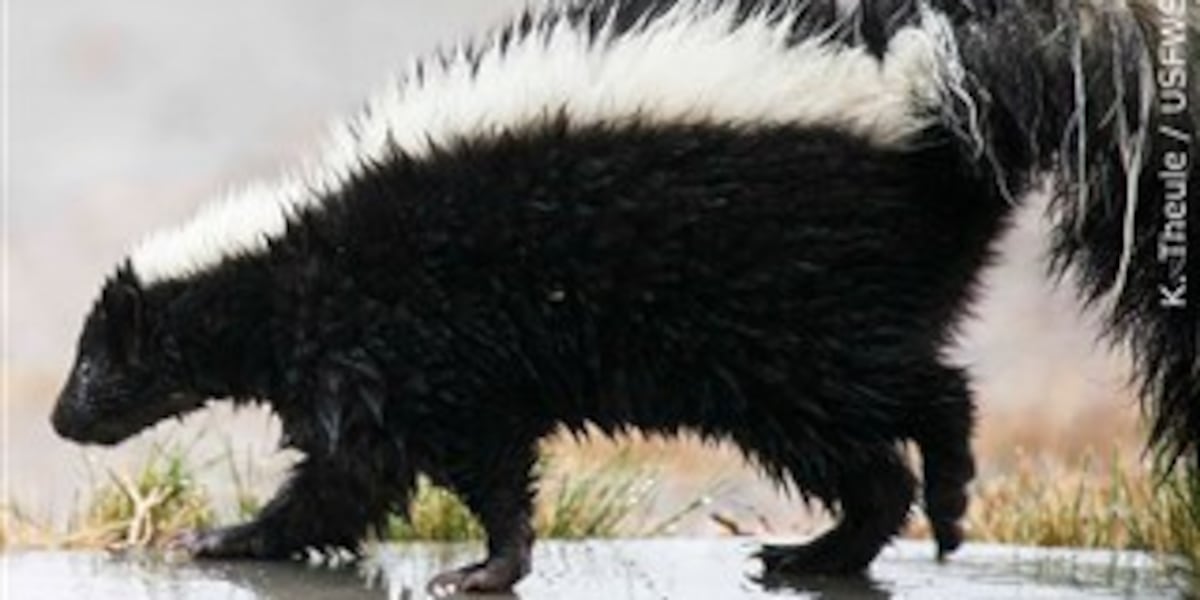Time: 2024-08-03

Cattle in Minnesota are keeling over and dying due to rabid skunks infecting animals and driving up rabies cases in the state . According to the Minnesota Board of Animal Health , there have been 32 cases of rabies reported this year , a significant increase from the previous year 's 20 cases over the same period . The spike in cases is mainly concentrated in southwest and central Minnesota , where rabid skunks are prevalent.
The Minnesota Department of Health has warned that at least 24 people exposed to rabid animals this year have been advised to get rabies shots . In a typical year , the state sees only three to five rabid skunks , but this year has already surpassed that figure with 12 infections recorded as of August . In addition , the state has seen an increase in rabid cattle cases , with six infections resulting in death so far in 2024.
According to state officials , rabid skunks can become fearless and aggressive , posing a threat to much larger animals such as livestock . The mild winter experienced in Minnesota may be contributing to the rise in rabid skunks , as the animals remain active instead of hiding from the elements during warmer winters.
The increase in rabies cases is not limited to Minnesota , as South Dakota has also reported a rise in rabies cases in the past year . Senior Epidemiologist Carrie Klumb noted that rabies cases in Minnesota are the highest they 've been in a long time , specifically with skunks , marking the biggest increase in cases in around twenty years.
While bats and skunks are common carriers of rabies , skunks are responsible for spreading the virus at a higher rate in the southwest corner of Minnesota . The mild winter could be a factor in the increased interaction between skunks , leading to more cases of rabies being reported in the state.
Experts emphasize the importance of raising awareness about rabies and encourage pet owners to vaccinate their animals against the virus . General awareness can go a long way in protecting both humans and animals from potential exposure to rabies . It is advised to stay away from wildlife and be cautious of any unusual behavior in animals , including daytime activity or increased aggression.
The Minnesota Department of Health offers resources for individuals who may have concerns or questions about rabies exposure . By staying informed and taking preventative measures , residents can help reduce the spread of rabies and protect themselves and their pets from the virus.